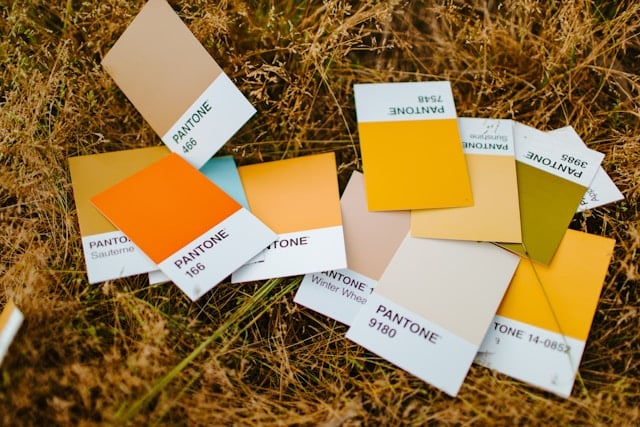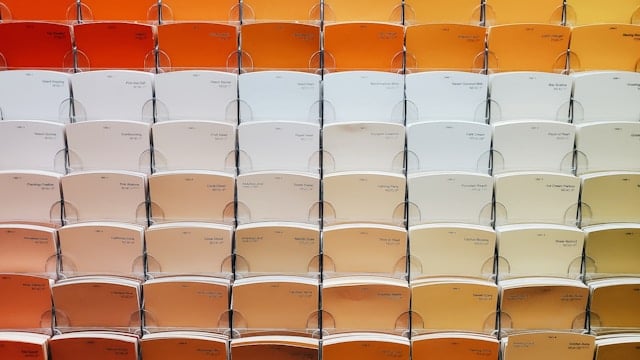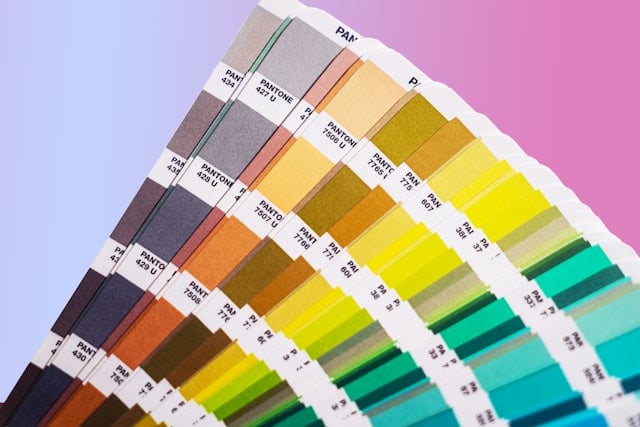The Evolution of Glass in Construction

Brief History
Glass has been a crucial construction component for thousands of years, with a rich and varied history reflecting the changing needs and capabilities of human civilization.
Zadar Museum of Ancient Glass
From its earliest use as a decorative material in ancient Egypt and Rome to its modern applications in energy-efficient buildings, glass has played a significant role in the evolution of construction.
Ancient Egypt
In ancient Egypt, glass was known as “faience,” natively called “iwant.” It was made from a mixture of crushed quartz and a type of clay called “petuntse.” Faience was used to create many decorative objects, such as beads, figurines, amulets, and functional items like vessels and plates.
Ancient Egyptian Mosaic Glass — Corning Museum of Glass
The ancient Egyptians also used glass for windows, although this was less common due to its high cost and limited availability.
Ancient Rome
In ancient Rome, glass was known as “vitrum” and was primarily used for decorative purposes, such as in mosaics and stained glass windows.
Mould-blown Glass Bottle, Fish — British Museum, Roman Empire
The Romans also used glass to create functional objects like vessels and mirrors. They developed techniques for making blown glass and casting glass into molds.
Middle Ages
During the Middle Ages, glass became more widely used in construction with the development of plate glass, a type of clear, flat glass used to make windows. Glass was also used to create greenhouse-like structures, such as the famous Crystal Palace in London, which was built in 1851 and was made entirely of glass.
In the Arab World
The Arab world has a long and storied history of glassmaking, with evidence of glass production dating back to ancient Mesopotamia and Egypt. During the medieval period, the Arab world was a significant center of glassmaking, with many important advances occurring in this region.
One of the key contributions of the Arab world to glassmaking was the development of the “crown glass” method. This method involved spinning molten glass into a circular shape, which was then cut into smaller pieces to create windows. This method allowed for the production of larger, clearer panes of glass, which were used in constructing buildings and churches in Europe.
Mosaic Glass in the Great Umayyad Mosque of Damascus, Syria
The Arab world also made essential contributions to the field of stained glass, with many notable examples found in the region’s churches and mosques. Additionally, the Arab world was home to many important glassmaking centers, such as Alexandria in Egypt and Raqqa in Syria, known for producing high-quality glass.
Polychrome Stained-Glass, Sana’a, Yemen
Today, the Arab world continues to be a significant player in the global glass industry, with many countries producing a wide range of glass products, including windows, mirrors, and other decorative items. The Arab world is also home to several research and development centers focused on improving glassmaking technologies and developing new applications for glass in construction and other industries.
20th Century
In the 20th century, the use of glass in construction continued to evolve with the development of new technologies and materials. One of the most significant developments was the creation of tempered glass, which is made by heating and rapidly cooling the glass to increase its strength.
This advancement made it possible to use glass in safety applications, such as car windows and shower doors.
Today
Today, glass is a widely used construction material, with applications ranging from windows and doors to curtain walls and skylights. It is valued for its transparency, which allows natural light to enter buildings, and its ability to provide insulation. Glass is also used in energy-efficient buildings, helping to reduce the need for artificial lighting and heating.
Why Glass?
One of the key benefits of glass as a construction material is its versatility. It can be used in various applications, such as windows, doors, skylights, and curtain walls, and can be shaped and formed into a wide range of shapes and sizes.
Photo by Bob Ghost on Unsplash
Glass is also relatively easy to work with, as it can be cut, drilled, and shaped using standard tools and equipment.
Another benefit of glass is its transparency, which allows natural light to enter buildings and can help reduce the need for artificial lighting. This can save energy and reduce greenhouse gas emissions, making glass a sustainable and environmentally friendly construction material. Glass can also provide insulation, helping to keep buildings warm in winter and cool in summer.
Challenges
Despite its many benefits, glass does have its challenges. It can be fragile and may break or shatter if subjected to extreme force or temperature changes. It can also be expensive, especially compared to other construction materials like wood or concrete.
However…
Despite these challenges, glass remains a popular and widely used construction material. Its versatility, transparency, and energy-saving properties make it an attractive choice for builders and contractors, and it is likely to play a significant role in the future of construction. The history of glass in construction is long and varied, reflecting the changing needs and capabilities of human civilization over time.
 Building Materials
Building Materials
 Tools & Machinery
Tools & Machinery
 Plumbing
Plumbing
 Electrical Supplies
Electrical Supplies
 Air Conditioning
Air Conditioning
 Safety & Security
Safety & Security
 Finishing Materials
Finishing Materials
 Hardware & Fasteners
Hardware & Fasteners
 Lighting & Electrical Fixtures
Lighting & Electrical Fixtures
 Landscaping & Outdoor
Landscaping & Outdoor
 Construction Services
Construction Services
 Construction Technology & Software
Construction Technology & Software









